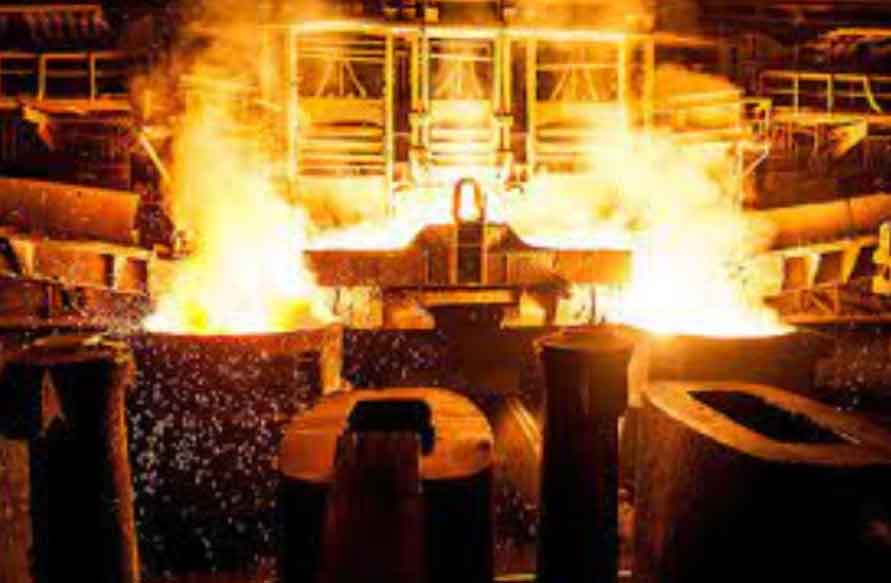V-method casting and semi-continuous casting are two different methods used in the metal casting industry. They have distinct characteristics and are suitable for different types of casting applications. Let’s compare them in terms of their working principles, advantages, and limitations.

- Working Principles:
- V-Method Casting: V-method casting, also known as vacuum suction casting or vacuum seal casting, involves the use of a vacuum chamber and a pattern mounted on a vacuum-sealed flask. The pattern is heated and then subjected to a vacuum, which draws the molten metal into the mold cavity through the force of atmospheric pressure.
- Semi-Continuous Casting: Semi-continuous casting, also referred to as strand casting, is a method where a continuous metal strand is produced. The molten metal is poured into a refractory-lined mold, which is equipped with a water-cooled jacket. As the metal solidifies, it is continuously withdrawn from the bottom of the mold, resulting in a continuous cast product.
- Advantages of V-Method Casting:
- Superior surface finish: V-method casting produces castings with excellent surface quality and dimensional accuracy, making it suitable for applications where aesthetics and precision are crucial.
- Reduced defects: The vacuum environment helps minimize gas porosity, inclusions, and other defects, leading to improved casting integrity.
- Versatility: V-method casting can be used for a wide range of metals and alloys, including aluminum, iron, steel, and non-ferrous alloys.
- Lower material requirements: It requires less gating and feeding systems compared to other casting methods, leading to material savings.
- Limitations of V-Method Casting:
- Limited size and weight: V-method casting is typically suitable for smaller to medium-sized castings due to the size limitations of the vacuum chamber and the flask.
- Longer cycle times: The process of creating a vacuum and filling the mold cavity takes time, which can result in longer cycle times compared to other casting methods.
- Advantages of Semi-Continuous Casting:
- High production rates: Semi-continuous casting allows for continuous production of castings, leading to higher production rates compared to batch processes.
- Improved yield: The continuous casting process minimizes material waste, as the castings are directly produced to the desired length, reducing the need for additional machining or cutting.
- Cost-effective: The continuous operation and reduced material waste make semi-continuous casting a cost-effective method for producing a large volume of castings.
- Limitations of Semi-Continuous Casting:
- Surface quality limitations: The surface finish of semi-continuous castings may not be as good as that of V-method castings due to the nature of the continuous casting process.
- Limited alloy selection: Some alloys, particularly those with high reactivity or low solidification range, may not be suitable for semi-continuous casting due to the rapid solidification process.
- Equipment complexity: Semi-continuous casting requires specialized equipment, such as a water-cooled mold and withdrawal system, which may require more maintenance and initial investment.
V-method casting excels in producing castings with superior surface finish and dimensional accuracy, while semi-continuous casting offers high production rates and cost-effectiveness for larger volumes. The choice between these methods depends on the specific requirements of the casting application, such as size, material, surface finish, and production volume.
